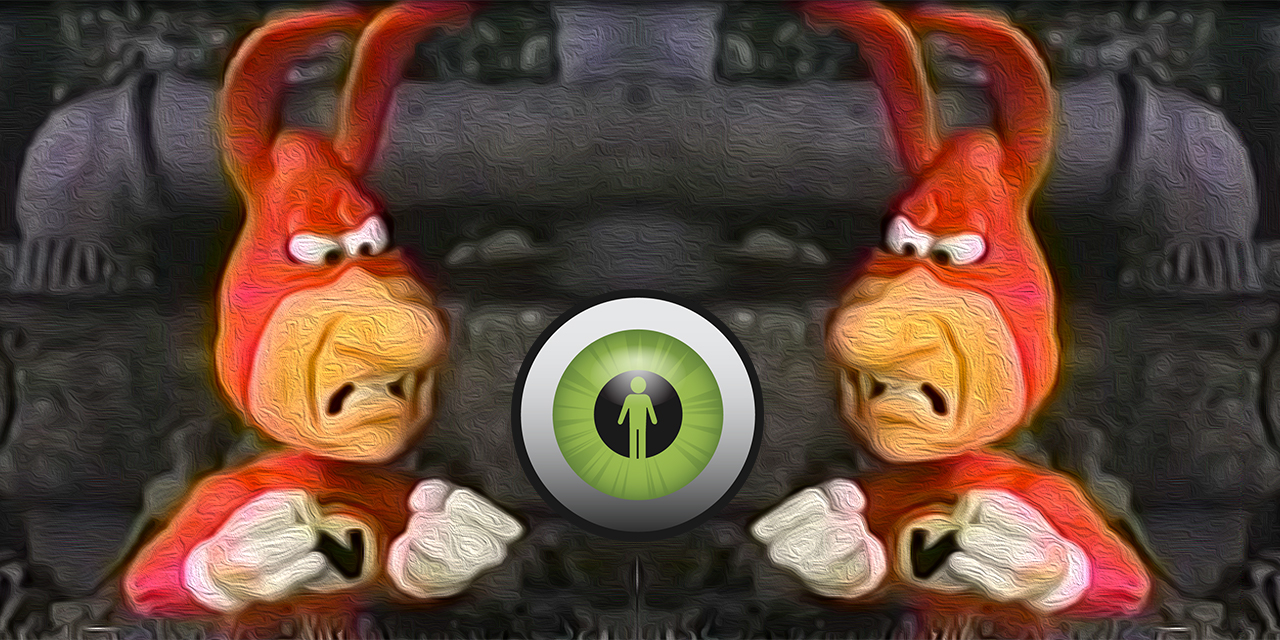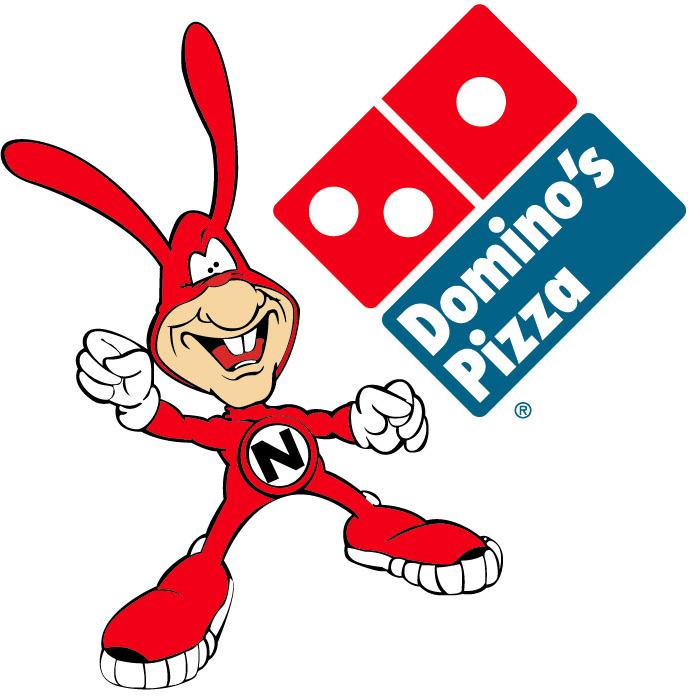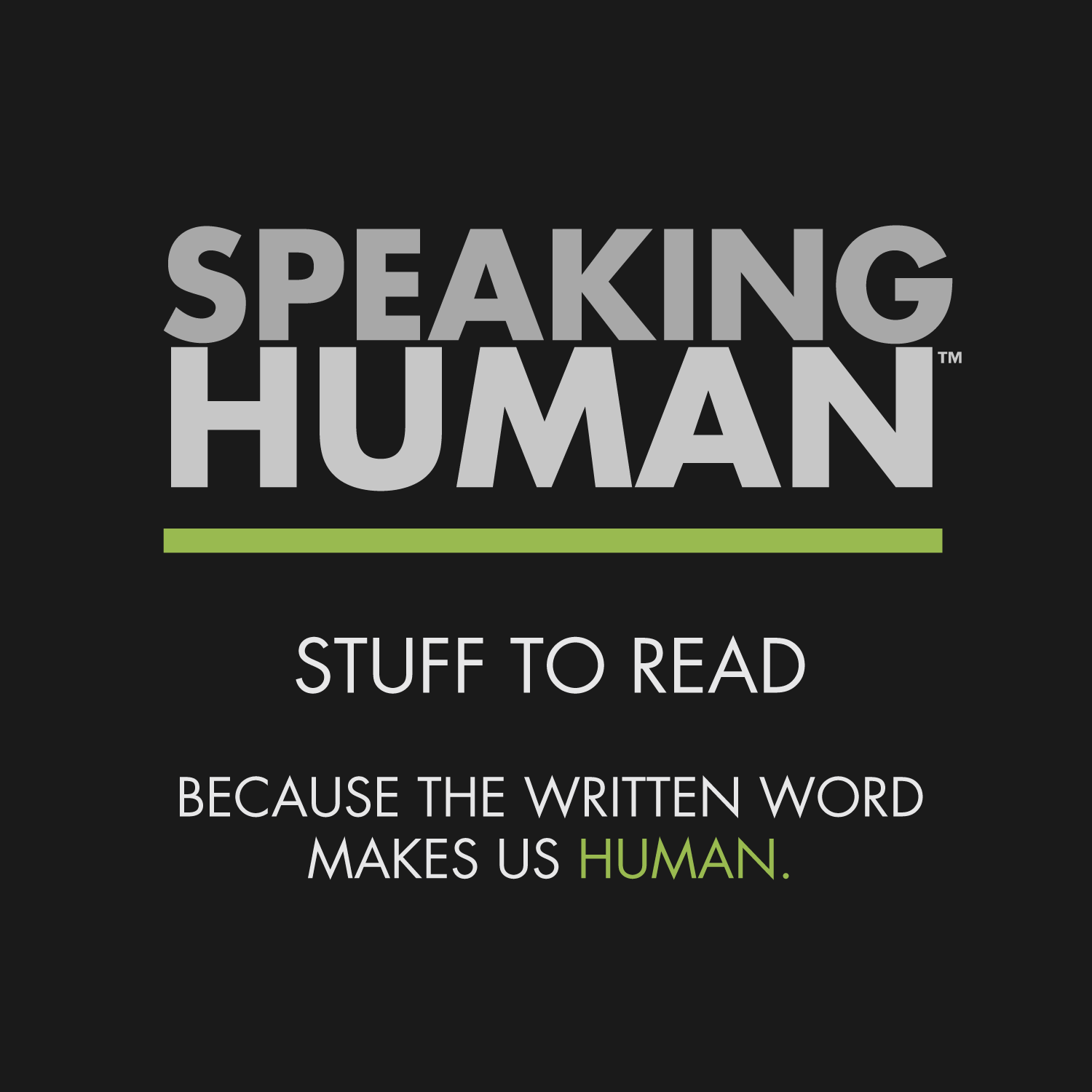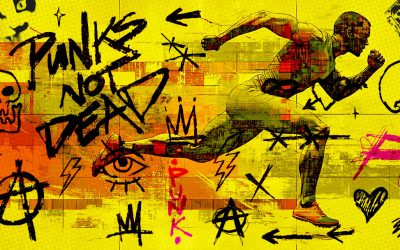Embracing the Noid: Why Brand Villains Are More Effective Than Brand Heroes
If you were alive and aware for a significant portion of the 1980s, you probably remember the Noid. This strange, rabbit-eared, red-suited creature appeared in a ton of Domino’s Pizza commercials during that time period. His elusive, never-achieved goal: Stop fresh, hot pizzas from being delivered in 30 minutes or less.
Why was sabotaging pizzas the Noid’s goal? Were his claymation parents melted by hot pizza and now he’s out for revenge? Or is this just his natural instinct as the metaphysical manifestation of all the annoyances that can come with pizza delivery? This may seem like too deep of a question to ask about a marketing character, but such is the interest level attached to villains.
As a culture, we’re fascinated by villains. We create villains in sports and politics. We give villains all the best lines in movies. We both abhor villains while craving them at the same time. Why? Two reasons really:
(1) We need something to root against;
(2) Villains are generally more interesting than heroes.
Whereas heroes have one goal (stop the villain), villains’ motivations are a little more obscure. Why are they doing what they’re doing? That complexity can be captivating.
In a minute, we’ll get into why brand villains are often more effective than brand heroes in marketing. But first, let’s get back to the Noid…
Inside the Meteoric Marketing Rise and Fall of the Noid
In 1986, Dominos Pizza was growing at a rapid pace. They were also facing increasing competition from Pizza Hut, which was jumping into the delivery game. As a response, Dominos went all-in on advertising—promoting its “30 minutes or less” delivery guarantee (which the brand would ultimately drop in 1993).
Enter the Noid. From cereal characters like Tony the Tiger to the California Raisins, the 1980s were a boom time for brand characters in commercials—especially in the food industry. Capitalizing on this trend, a marketing firm hired by Dominos created The Noid, which is described in this article as a “physical manifestation of all the challenges inherent in getting a pizza delivered in 30 minutes or less.”
In a series of Dominos ads that ran for years, The Noid would do anything to destroy hot, quality pizza—from attacking it with a baseball bat, jumping on it with a “pizza crusher”, or spraying it with a freeze ray. All the while, he would emit a high-pitched gibberish-y laugh that would eventually descend into grunts of frustration. This goofy-but-diabolical character was paired with the tagline “Avoid The Noid” and marketing history was made.
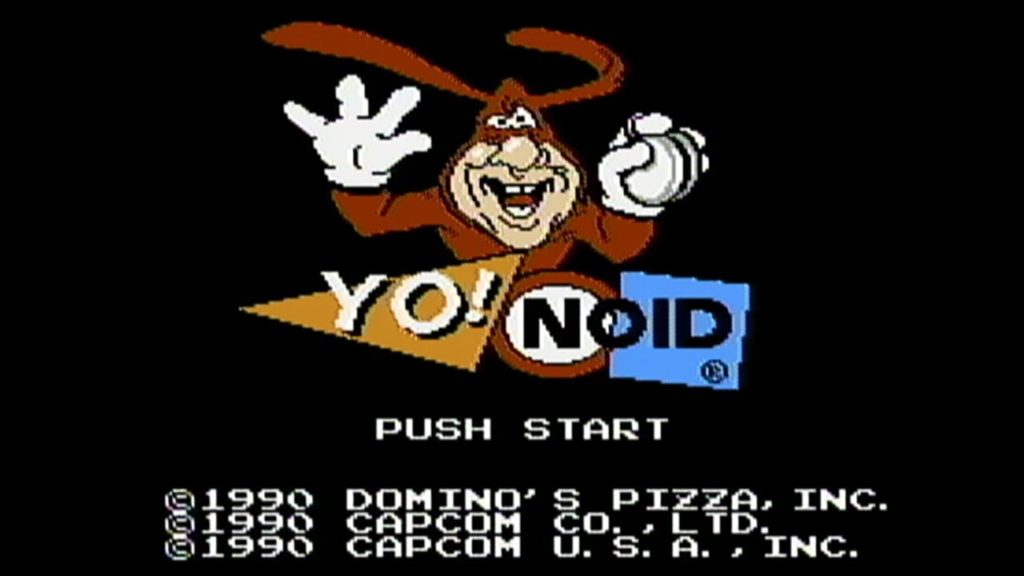
At its peak popularity, the Noid was everywhere. On TV. On t-shirts. On merchandise galore. Even in its own video game. It’s one of those examples of a piece of marketing melting into pop culture and becoming something bigger. The Noid transcended advertising and became a pop-culture reference point.
Insert Real Life Tragedy with an Unexpected Noid-ian Twist
In 1989, a young man walked into a Dominos Pizza in Atlanta brandishing a firearm. He took the employees hostage and forced them to make pizzas. The standoff was resolved peacefully, but there was a twist…
It turned the man’s last name was “Noid”. Diagnosed with schizophrenia, he believed the advertising featuring the brand character was intentionally targeted at him. That led to the sensational headline “Domino’s Hostages Couldn’t Avoid the Noid This Time” and an ensuing storm of negative media attention for the brand.
It’s commonly believed that this tragedy tainted Domino’s marketing efforts, leading to the Noid’s early demise. It’s also entirely possible that with such a high peak, this character was headed for the valley anyway and he was never really destined for a long marketing life.
Why Brand Villains Are More Effective Than Brand Heroes
So why all this talk of a 30-year-old brand character with inexplicable rabbit ears? Because the Noid is in many ways the quintessential brand villain. While many people will say the character was annoying or creepy, that was actually the point. The Noid was supposed to be off-putting—a reminder of all those annoying pizza delivery experiences you’ve had.
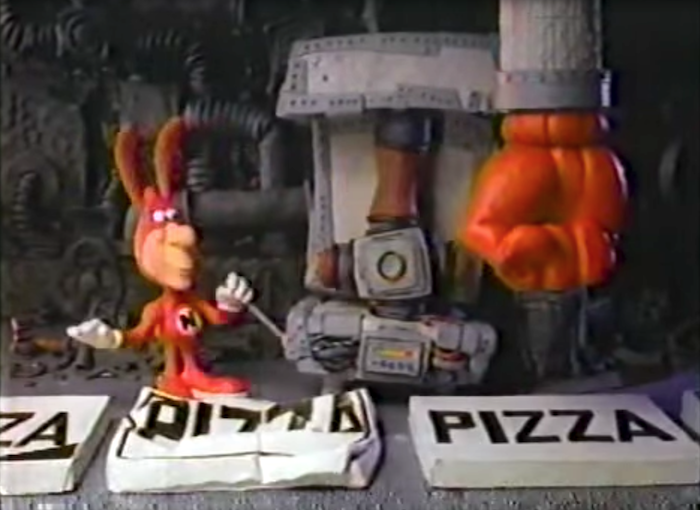
That speaks to both the strengths of brand villains and the limitations of brand heroes. The key thing that brand villains do that may actually be more effective in a marketing capacity than their heroic counterparts: They underline the problem. While heroes are the solution, villains are what needs to be fixed. They are the reason you need the solution. Without the villain, the hero cannot exist.
Fast pizza delivery (Dominos) doesn’t mean all that much without the reminder of the annoyance of getting a slow, cold, unfulfilling pizza delivered to your door. Crunchy cereal (Cap’n Crunch) doesn’t seem like anything special until its viewed in comparison to the displeasure of soggy cereal (the Soggies).
Brand villains push consumers to both recognize the problem and seek out the solution. They create a continual sense of need.
The problem is out there. Lurking. Waiting. Ready to spring into action. Sometimes people need to be reminded of that. Take AllState’s “Mayhem” character. He’s the personification of all that can go wrong in life and why you need auto insurance—from teenage drivers focusing on their cell phones instead of the road to a tree branch falling on your car in a wind storm.
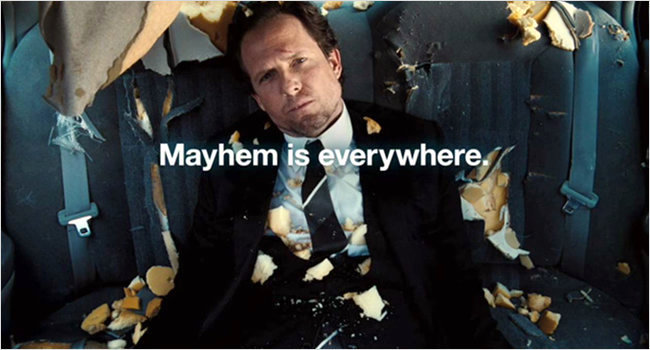
Use the Power of a Strong Antagonist to Tell Your Brand’s Story
“A protagonist and his story can only be as intellectually fascinating and emotionally compelling as the forces of antagonism make them.” -Robert Mckee, Story
The idea of heroes and villains has been an essential component of storytelling going back to hieroglyphics. And great marketing is all about storytelling—telling a resonating tale and wrapping people up in it. For people to understand the benefits and strengths of your product, they must first understand the power of the challenges that have led to its existence.
As Robert McKee writes in Story: “We pour energy into the negative side of the story not only to bring the protagonist and other characters to full realization… but to take the story itself to the end of the line, to a brilliant and satisfying climax.”
While McKee is talking about the art of writing film scripts, there’s a lesson there that can and should be applied to all marketing: Make sure you show the great power of the problem so you can show the even greater power of the solution. Deliver customers that moment of positive triumph. Let them get to know the Noid, so you can show them how to “avoid the Noid”.

